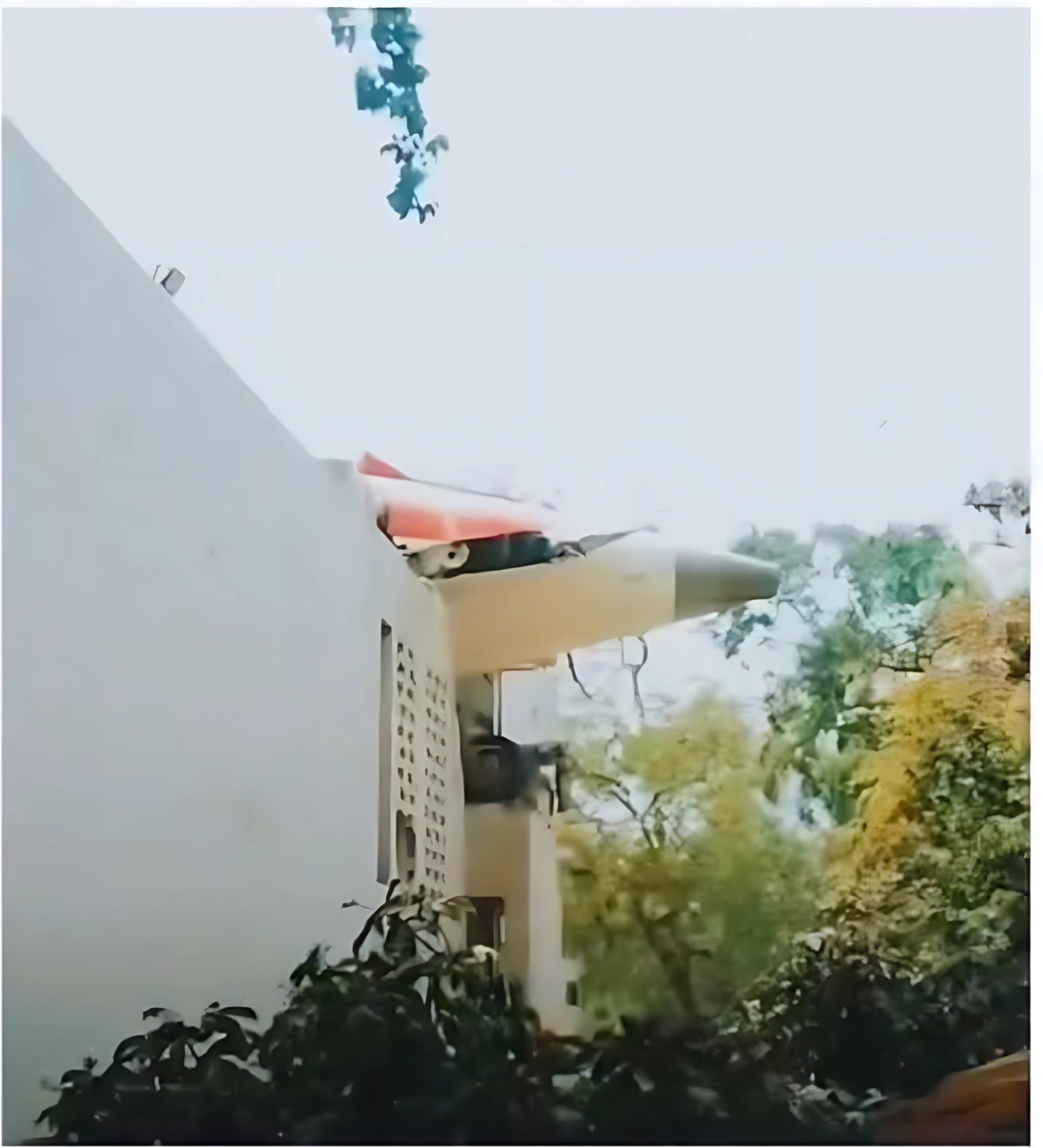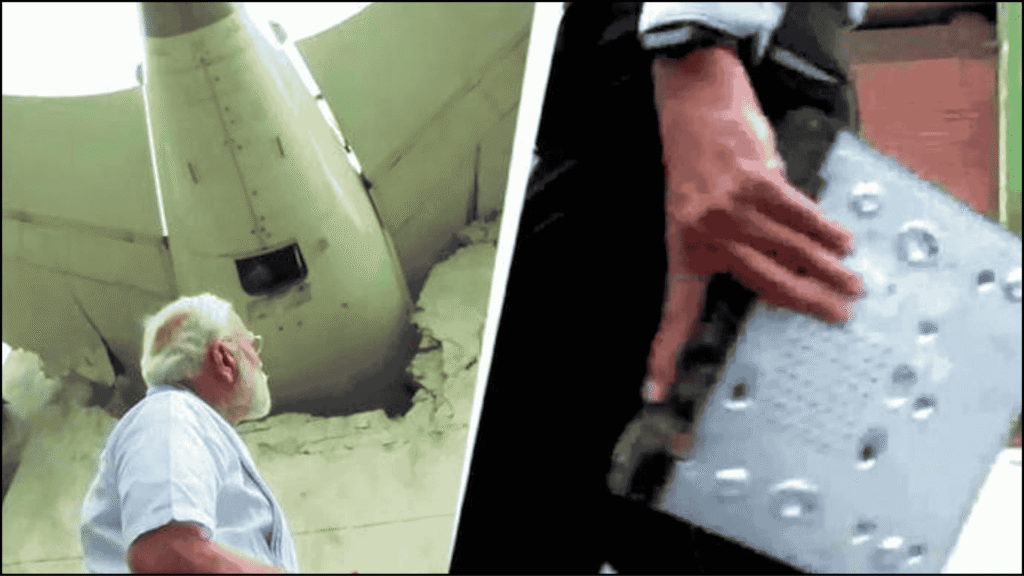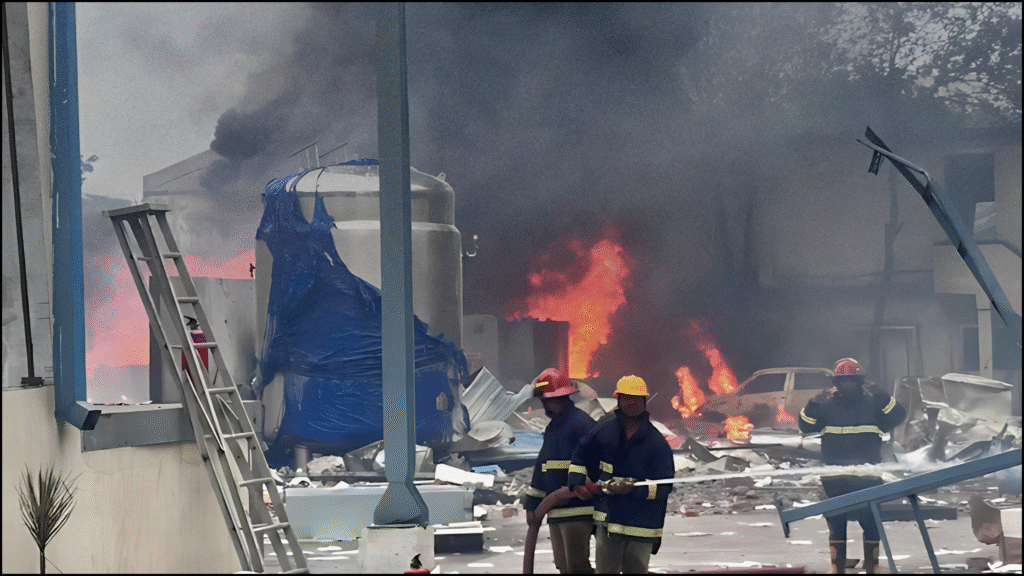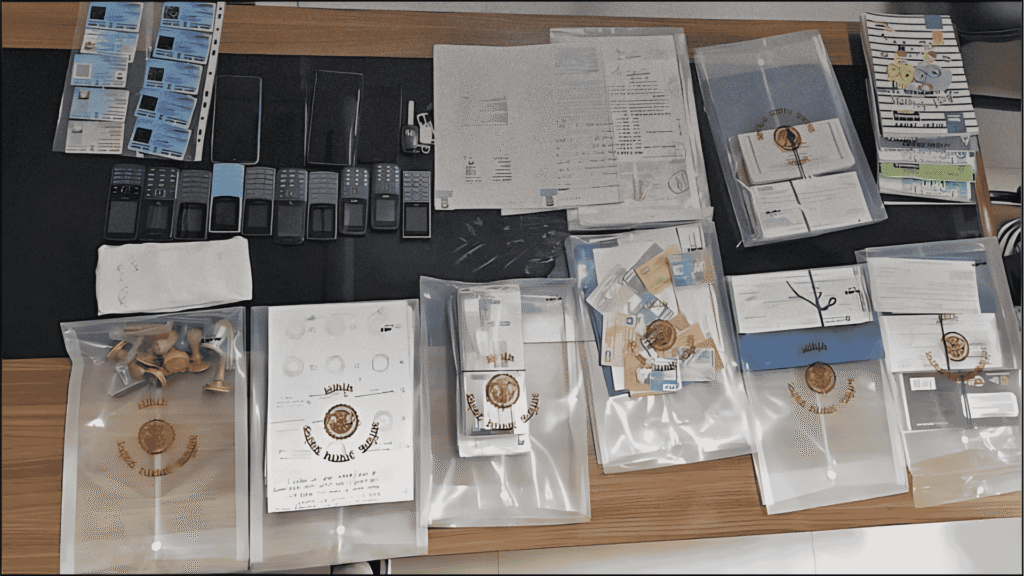
On June 12, 2025, Air India Flight AI-171, a Boeing 787-8 Dreamliner en route from Ahmedabad to London Gatwick, crashed just 36 seconds after takeoff, claiming 260 lives, including 241 of the 242 passengers and crew onboard and 19 people on the ground. The disaster, which occurred in Ahmedabad’s Meghani Nagar near the B.J. Medical College hostel, is one of India’s worst aviation tragedies in decades. With investigations by the Aircraft Accident Investigation Bureau (AAIB) underway, theories ranging from fuel contamination and human error to conspiracy and sabotage have emerged. This blog delves into the details of the crash, the sole survivor’s story, and the complex investigation seeking answers.
The Crash: A Catastrophic 36 Seconds
Flight AI-171 took off from Sardar Vallabhbhai Patel International Airport at 13:38 IST, carrying 230 passengers and 12 crew members. CCTV footage shows the aircraft initially climbing to 625 feet before rapidly descending, with the nose pitched up and landing gear extended, crashing into a hostel building and triggering multiple explosions. The pilots, led by Captain Sumeet Sabharwal, issued a mayday call citing “no thrust” and “loss of power” seconds after takeoff, but contact was lost soon after. The plane, heavily fueled for its long-haul journey, caused a massive fire, complicating rescue efforts.
The sole survivor, 40-year-old British citizen Vishwashkumar Ramesh, seated in 11A near an emergency exit, escaped through a broken section of the aircraft. Hospitalized with burns and injuries, he described hearing a “loud bang” as the plane struggled to gain altitude. His brother, seated elsewhere, did not survive. The crash killed notable figures, including former Gujarat Chief Minister Vijay Rupani, and left at least 60 people on the ground injured.
Investigation: Unraveling the Cause
The AAIB, with assistance from the U.S. National Transportation Safety Board (NTSB) and UK experts, is leading the investigation. Both black boxes—the Digital Flight Data Recorder (DFDR) and Cockpit Voice Recorder (CVR)—were recovered, though one is damaged, potentially complicating data retrieval. The inquiry is focusing on three primary areas: fuel issues, human error, and conspiracy theories.
Fuel Issues
Preliminary findings suggest a possible dual engine failure, a rare event given modern engine reliability. The activation of the Ram Air Turbine (RAT), an emergency power system, indicates a loss of electrical or hydraulic power, potentially due to fuel contamination or starvation. Experts note that the plane’s near-full fuel tank could have been compromised by contaminants clogging the fuel system, leading to engine shutdown. The right engine, installed in March 2025, and the left, serviced in 2023, had clean histories, but investigators are examining fuel lines, filters, and refueling equipment.
Human Error
Some speculation points to pilot error, with claims that the co-pilot may have retracted flaps instead of the landing gear, increasing drag and reducing lift. However, simulations conducted by Air India pilots suggest that flap or gear misconfiguration alone would not cause such a rapid crash. The CVR, with its two-hour recording capacity, is critical to understanding the pilots’ actions, but its condition remains a concern. Aviation experts emphasize that the crew’s mayday call indicates they recognized a critical issue, possibly too late to recover.
Conspiracy Theories
Social media, particularly X, has fueled conspiracy theories, with some suggesting sabotage due to the crash’s timing after India’s “Operation Sindoor” and its occurrence in Prime Minister Narendra Modi’s home state. A former NAL Deputy Director hinted at deliberate fuel contamination, though no evidence supports this. The AAIB has not prioritized sabotage but is involving anti-terror experts to rule it out. These theories remain speculative and divisive, with experts urging caution until official findings are released.
Response and Aftermath
The crash prompted a massive response from over 300 firefighters, 60 fire vehicles, and teams from the Indian Army, NDRF, and Central Industrial Security Force. Roads were closed, and a military hospital was mobilized. Prime Minister Modi visited the site, expressing grief, while Air India and Tata Sons, the airline’s parent company, pledged ₹1 crore per victim and ₹25 lakh for the survivor’s family. A centralized helpdesk is assisting with compensation claims.
The tragedy has raised questions about aviation safety in India, especially as the country aims to become a global aviation hub. The Directorate General of Civil Aviation (DGCA) ordered safety checks on Air India’s Boeing 787 fleet, focusing on fuel systems, engine controls, and maintenance protocols. Boeing and GE Aerospace are cooperating, with no major safety concerns found in initial inspections.
Broader Implications
The crash, the first fatal incident involving a Boeing 787-8, has shaken confidence in the model, prized for its fuel efficiency. It has also highlighted Ahmedabad airport’s bird strike issues, though experts downsource a bird strike as the primary cause due to the lack of visible flocks in footage. The investigation’s outcome could impact global 787 operations if a systemic issue is identified. For now, the focus remains on supporting grieving families and ensuring such a tragedy is not repeated.
Conclusion
The Air India Flight AI-171 crash is a stark reminder of aviation’s inherent risks, even in modern aircraft. As investigators sift through wreckage, black box data, and maintenance records, the world awaits answers on whether fuel issues, human error, or an unlikely conspiracy caused this disaster. The resilience of Vishwashkumar Ramesh and the grief of countless families underscore the human toll. With a preliminary report due within 30 days, the truth behind this tragedy is slowly emerging, but closure remains distant.



